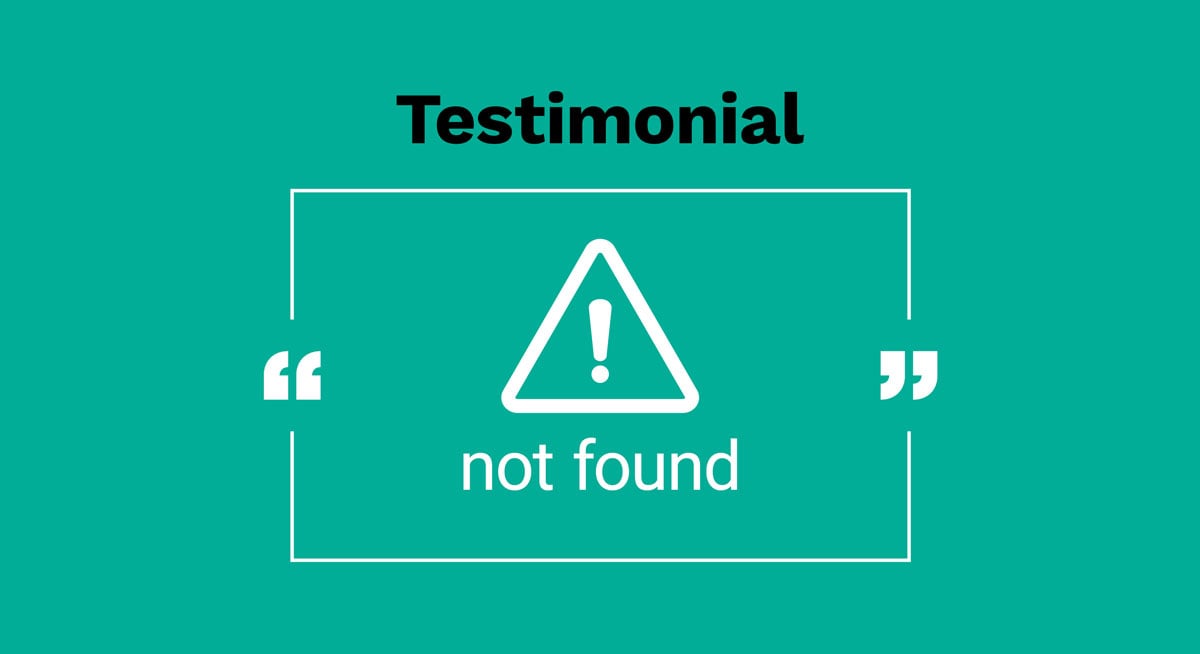7 Tips for Making a Better Business Presentation

January 29, 2025
 We've all been through this business presentation before. The presenter gets up, isn't confident about the material, and proceeds to read and tell you everything about their company, their products, their customers, whether or not it's relevant to the discussion. In essence it's all about "me, me, and then a little more about me in closing."
We've all been through this business presentation before. The presenter gets up, isn't confident about the material, and proceeds to read and tell you everything about their company, their products, their customers, whether or not it's relevant to the discussion. In essence it's all about "me, me, and then a little more about me in closing."
There are many tools in PowerPoint, but is the presenter actually using them to build a compelling story relevant to the audience? Just as a high-end Digital SLR doesn’t make one a better photographer (it may just give you bigger, bad images), presentation software won't build a better presentation.
So, here are a few simple rules to remember when presenting.
Know your audience—and their pain points.
Companies rely increasingly on trusted vendors who know their industries. They are not just suppliers, but rather idea centers. They aggregate and share industry insights and best practices that they continually refine. In your presentation, if you can address a number of pain points, you prove understanding of your customer's business issues. Do that and you're a partner, not a vendor.
Show what's relevant—more isn’t better.
Most customers need specific products or services, so make sure you're showing what they need rather than unloading everything in your toolkit. Lead with what's relevant and let them ask, "What else do you do?" If you can deliver what they need, they will likely want to know what more you can share.
Understand your value propositions.
Every client—even within the same company—is different. They have different concerns, different hot buttons, different personalities. What’s most important to one individual may be different from another, so be flexible in how and what you present. A presentation you can navigate without having to exit presentation mode makes this possible, and professional.
Share industry insights.
You’re an industry expert, so demonstrate what you know. Put three interesting insights in front of your prospect to lead your presentation. You’ll prove you’re in tune with the business issues your prospect is facing, and perhaps even teach them something new. Then demonstrate how your products and services are being used to overcome these problems. It’s a great way to pull information out without being pushy.
Lead with enough to have the audience ask for more.
It’s the classic communications question: How much do you share in that first or second meeting but not give it all away? Think about what you can share to pique interest. That’s how the conversation gets started, and how the relationship starts developing.
The more complex it looks, the more complex you are.
Simplify! Fewer words on more slides keeps your presentation digestible, and keeps fresh content on the screen when you want it there. You’re the presenter—there’s no reason to encourage your audience to read ahead of where you are.
Save "About Me" for the end.
At the end of the day, if you haven't told your audience what you can do for them and communicated why you do it better, it doesn't matter how big your office is, the number of employees, your regional sales office locations, or the myriad other facts about your company. That's the easy stuff to which many presenters default, but facts are not advantages. What are the three to five things that really make you different from the person presenting after you?
A tight presentation is a time investment.
Like anything, it's easy to put it all out there—it's harder to keep it concise. So discover the essence of who you are and what makes your business the unique organization it is. When you do that, you give your audience something valuable to remember. It’s just like the DSLR example above, but now you’ll be producing a bigger, better image of yourself.





